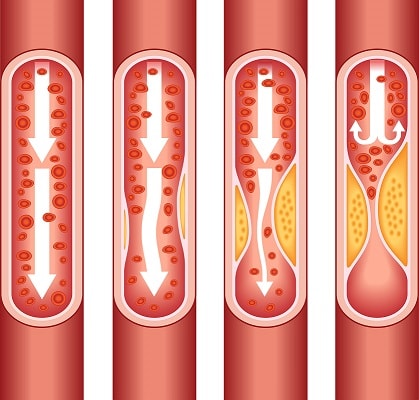November 29, 2022
You can learn more about this topic here:
https://www.scoliosisreductioncenter....
Ready for a consultation or want more information? You can contact us here:
https://www.scoliosisreductioncenter....
When diagnosed with scoliosis, patients are often concerned with what they can and can not do. Even when it comes to career choices, patients are concerned about what effects this might have on their scoliosis.
When a patient is diagnosed with scoliosis, it means they have an unnatural sideways curve with rotation in their spine.
Scoliosis has four classifications based on the size of the Cobb angle:
Mild - 10-25 degrees
Moderate - 25-45 degrees
Severe - 45-80 degrees
Very severe - 80 degrees & up
In addition to the size of the curve, there are also many different types of scoliosis. The most common is idiopathic scoliosis. This encompasses the majority of known cases of scoliosis. It also means that the cause of scoliosis is unknown.
The second type is neuromuscular scoliosis. This type is caused by Marfan's syndrome, cerebral palsy, & related conditions. This can result in two types of neuromuscular conditions: 1) the tissue surrounding the spine becomes laxed, or 2) the tissue becomes too rigid. With neuromuscular scoliosis, there might be issues in the spinal cord, such as cysts, tumor, or tether cord, that has led to scoliosis.
Another type is congenital scoliosis. This often happens during pregnancy, & it is detected at birth. When this happens, one of the spine's bones develops incorrectly into a hemivertebrae, a triangular malformation in a rectangular structure such as the spine.
These three types are the most common in adolescents. When it comes to adults, the most common are:
-Degenerative scoliosis: the spine degenerates slowly over time.
-Traumatic scoliosis happens when patients sustain significant trauma on their spine, such as an accident, and scoliosis continues progressing from that moment forward.
Scoliosis will often worsen, and the biggest triggers are growth & development, especially in adolescents as they go through rapid growth. However, it doesn't stop there because, as adults, gravity pushes the spine, causing scoliosis to grow slowly over time. Also, for adults, the progression of scoliosis is directly linked to the curve's size & the patient's age, so as patients get older, their scoliosis will start to progress rapidly at some point.
Movement is important for overall physical health, as is exercise. And we do encourage exercise because the body is meant to move in order to keep its natural function. However, the exercises a patient could do will depend on their scoliosis type and size and must be customized to each patient individually.
Exercises that cause strain to the spine are exercises to avoid. Such as compressive, downward force, or heavy impact exercises because these will put the spine under stress, and scoliosis injuries can worsen. Also, exercises that might put the spine in an unnatural position, outside of the normal range of motion, can bring problems to scoliosis patients.
Additionally, one-sided activities, especially causing strain on the side of the patient's curve, should be avoided.
Some of these are:
Football
Hockey
Soccer
Gymnastics
Dance
Ballet
Diving
Tennis
Golf
Regardless of the sports or exercises a patient does, there is no way to predict which actions during their growth & progressive stages will worsen their curve, only that the progression will happen at some point, & these exercises might make it worse.
When patients undergo proper treatment for their scoliosis, however, there will be very few restrictions to what sports & exercises they can do because the treatment should cover these possible progressions.
Being proactive in reducing your curve & using specific scoliosis programs that are properly combined to treat your scoliosis will offer you balance throughout your life, which is what we aim for here at the Scoliosis Reduction Center.
You can learn more about this topic here:
https://www.scoliosisreductioncenter....
Ready for a consultation or want more information? You can contact us here:
https://www.scoliosisreductioncenter....
00:00 - What To Avoid When You Have Scoliosis?
00:42 - Scoliosis Classification
01:16 - Idiopathic Scoliosis
01:39 - Neuromuscular Scoliosis
02:34 - Congenital Scoliosis
03:17 - Degenerative Scoliosis
03:39 - Traumatic Scoliosis
04:07 - Scoliosis Progression
05:41 - Can I Exercise With Scoliosis?
06:35 - What Should Scoliosis Patients Be Concerned About?
09:48 - Bottom Line









